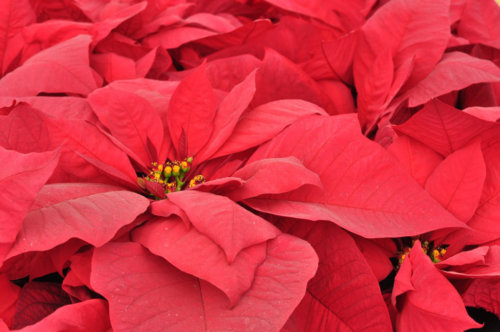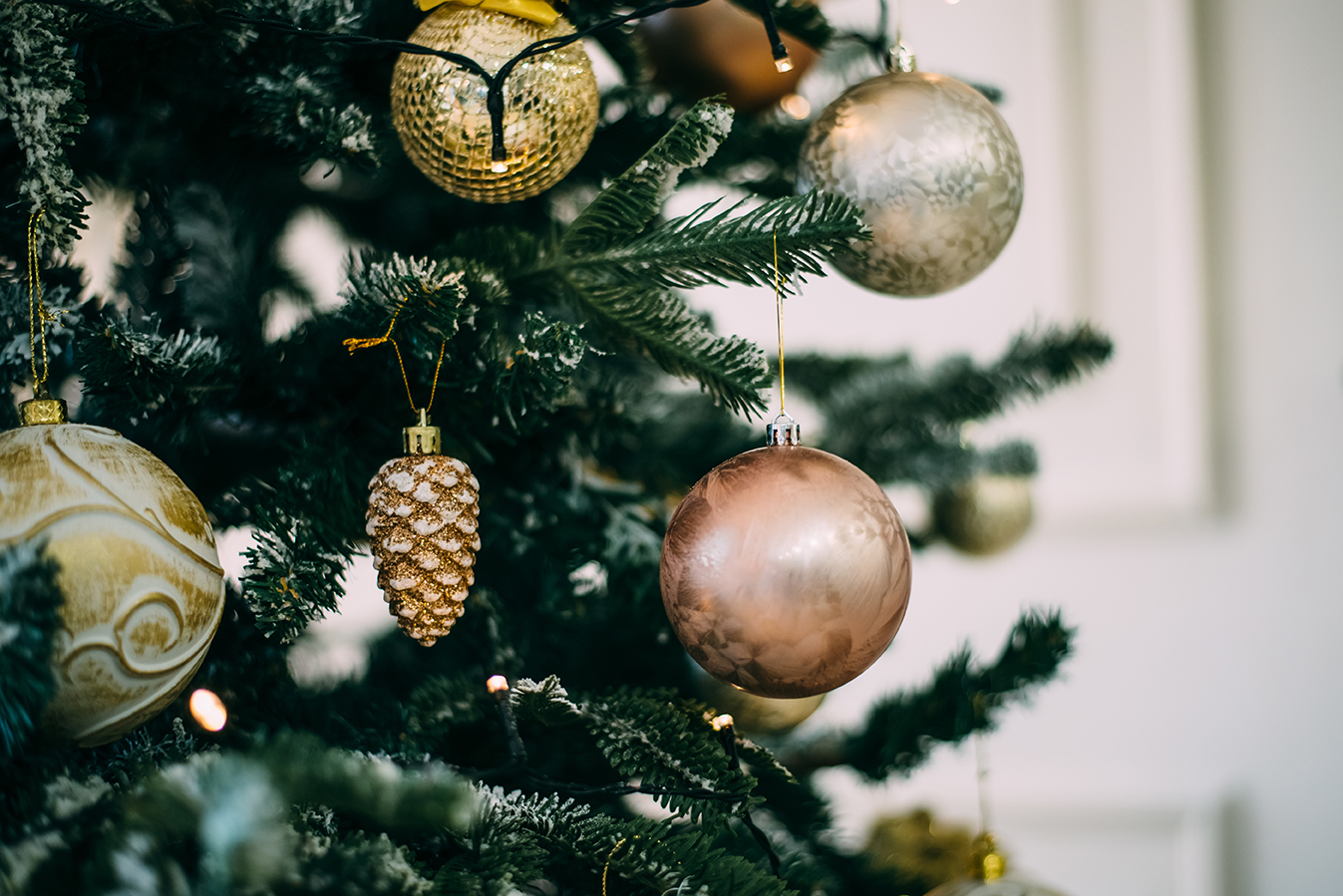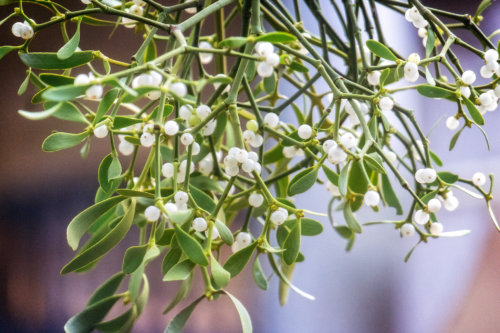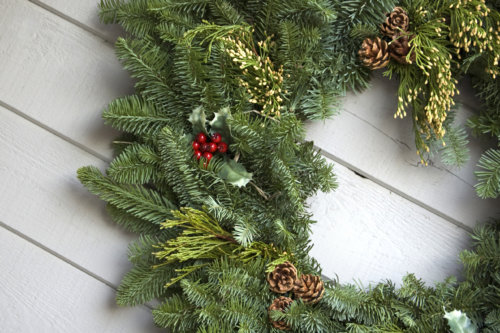The Botanical History of Christmas, From Wreaths to Mistletoe
In this darkest time of the year, when trees are bare and soils dormant, humans crave more than anything the life affirming greens of plants and trees. It is no coincidence that, at its heart, the Christmas holidays represent a botanical feast. Flora from all around the globe is central to these winter time traditions, from cooking with exotic spices to kissing under mistletoe; placing wreaths and decorating a Christmas tree. All have a rich history and fascinating story to tell.
Poinsettia
Before poinsettias became a Christmas icon, the tall, scraggly shrub was known in its native Mexico for its sap, which helped to cure fevers, and its leaves, which made a purple dye. In 1828, Joel R. Poinsett (1779 – 1851), the first U.S. ambassador to Mexico, introduced the plant to the Bartram Botanical Garden in Philadelphia. He likely never would have guessed that, fast forward almost 200 years, the poinsettia (named after Mr. Poinsett) would become the nation’s most popular flowering plant with more than 70 million sold nationwide each year.
Thanks to its winter blooming and red and green color scheme, the plant has been tied to the holiday season. In Mexico, the plant is known as la flor de Nochebuena or Holy Night (Christmas Eve) flower.
In remembrance of the man who popularized the plant, Poinsettia Day falls on December 12th—a day that coincides with both the Virgin of Guadalupe’s feast day, and the anniversary of Joel Poinsett’s death.
Christmas Tree
The beloved German tradition of decorating and lighting a fir tree for the home is a relatively new one. The first lighted tree in the US was erected in New York City in 1912; in England Christmas trees debuted in 1851.
The custom was first seen in the 16th, or possibly 15th, century Germany. The Church reviled the idea, considering it to be a heathen remnant of tree worship and a cause of deforestation. Despite this, the Christbaum became hugely popular, spreading across both the Christian and non-Christian world over the next several centuries to become one of the most recognized symbols of the season.
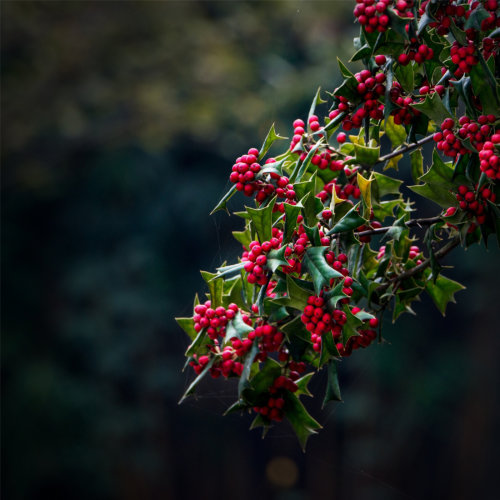
Holly
Holly is a festive addition to mantles, wreaths and Christmas cards worldwide. The ancient peoples of Northern Europe once also covered their home entrances and chimneys with the plant’s branches to keep evil spirits from entering a home. Holly was also used on the eve of the winter solstice as a holy plant, in fact the plant’s name is likely related to the word.
The familiar refrain of “The Holly and the Ivy” has ancient roots in the intertwined wreaths of the evergreens used by the Roman followers of Bacchus, the god of wine. The plants represented male (ivy) and female (holly) principles united together. Church authorities found a way to reinterpret this pagan custom using the spiky leaves of the holly to symbolize the thorny crown of Jesus and the red berries as the blood of Christ. Ivy, being green year round, represents eternal life.
Mistletoe
Mistletoe is a strange, parasitic plant that follows the beat of its own drummer. Preying on its host tree for water and nutrients, mistletoe has little need for photosynthesis, which can explain why its white berries mature just as the darkest days of the year appear (in November and December). Thanks to this anomaly, the Celtic Druids considered mistletoe a magical plant, one that offered protection from evil, as well as from thunder and lightning.
The slimy, white substance in its berries easily explains its long association with fertility throughout Europe. The “kissing bough” is thought the bring good luck for those found underneath—and a kiss, of course (or one for each berry until they are all plucked). But never refuse or bad luck is guaranteed.
Wreaths
Circular forms are important in every culture, and it is no less in the use of evergreens constructed into a ring during the Christmas season. Those that are hung on walls or doors are called Christmas wreaths, and those used on table tops to hold candles are Advent wreaths—used to count down the days until Christmas. With no beginning and no end, wreaths are a simple symbol of everlasting life—the use of evergreens reinforces this idea.
As the world gears up to celebrate the global truths of the season, we’ll let nature be our guide to bring life into the darkness of winter, as we have for time immemorial.



























